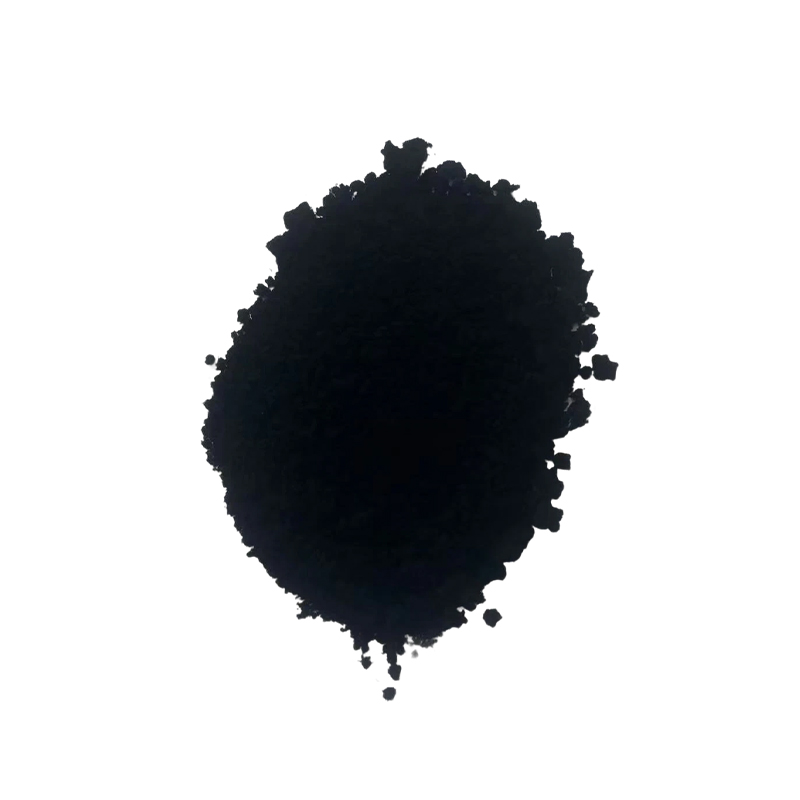-
2025-11-12 2025-11-12
Can cobalt-based carbon nanotubes become the key engine for next-generation energy and catalytic materials?
In the cutting-edge field of interdisciplinary integration between nanotechnology and advanced functional materials, cobalt-based carbon nanotubes are emerging as star materials in high-tech fields such as electrochemical energy storage, efficient catalys -
2025-10-29 2025-10-29
What factors affect the electrical conductivity of nickel-based carbon nanotubes composites?
Environmental factors have long-term effects on the conductive stability of nickel-based carbon nanotubes composites. -
2025-10-14 2025-10-14
Why do cobalt-based carbon nanotubes exhibit high selectivity in catalytic reactions such as Fischer-Tropsch synthesis?
An ideal catalyst must not only possess high activity but also exhibit excellent selectivity—preferring the production of hydrocarbons of specific chain lengths, such as gasoline, diesel, or olefins, over the production of large amounts of undesirable met -
2025-09-30 2025-09-30
How to precisely match the processing route for array tubes based on customer-provided performance parameters?
The potential of array tubes lies in their microstructure, but realizing their full performance depends heavily on every step of the processing route from initial growth to final application. -
2025-09-16 2025-09-16
How do nickel-based carbon nanotubes promote rapid lithium ion migration in batteries?
Nickel-based carbon nanotubes facilitate rapid lithium ion migration within the battery through multiple mechanisms: building an efficient conductive network, acting as a catalyst. -
2025-09-02 2025-09-02
How do iron-based carbon nanotubes construct an efficient three-dimensional conductive network in lithium electrode slurries?
Iron-based carbon nanotubes are not only conductive materials but also the "architects" of electrode microstructures. Leveraging their high aspect ratio and metallic catalytic properties, they construct an efficient.







